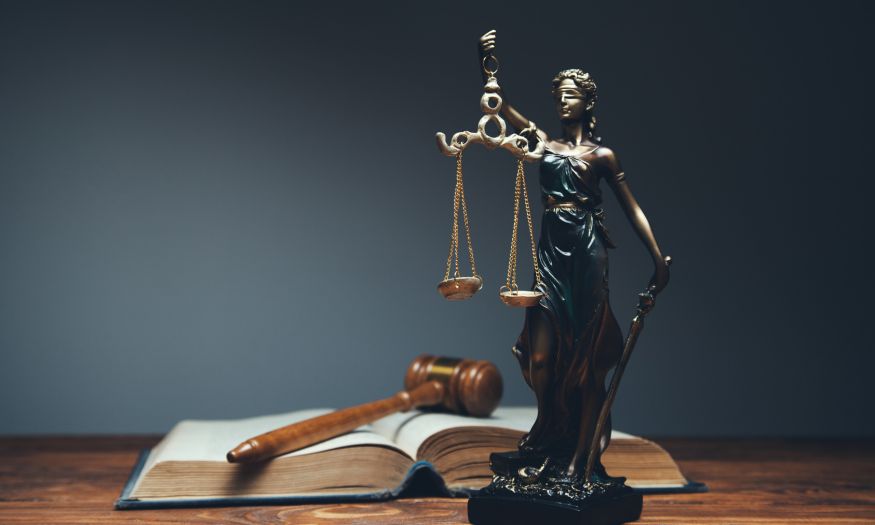
What are a Directors’ Duties to Creditors?
- Understanding Creditor Duties for Directors
- Essential Duties to Creditors
- Duty to Act in the Best Interests of Creditors
- Duty to Avoid Further Debt
- Duty to Consider Liquidation
- Duty Not to Prefer Certain Creditors
- Duty to Preserve Assets
- Duty Regarding Dispositions
- Legal Implications of Creditor Duty
- Practical Guidance for Directors:
Understanding Creditor Duties for Directors
As a company director, you may not fully appreciate the extent of your responsibilities towards creditors, particularly when your business faces financial difficulties. These obligations are part of the essential duties of a company director, known as the ‘creditor duty’, and form a crucial part of your broader fiduciary duties.
When your company is solvent, your primary duty is to act in the best interests of shareholders. However, as financial struggles emerge, your focus must shift. The UK Supreme Court, in the landmark BTI v Sequana case, clarified when this shift occurs[1]Trusted Source – UK Supreme Court – BTI 2014 LLC (Appellant) v Sequana SA and others (Respondents), [2022] UKSC 25:
- When the company is insolvent (on a cash flow or balance sheet basis)
- When insolvency is imminent and inevitable
- When insolvent liquidation or administration becomes probable
At this ‘trigger point‘, you must prioritise creditors’ interests in your decision-making. Insolvency practitioners often scrutinise directors’ actions during this period to ensure compliance with these duties.
>>Read our full article on insolvency advice for directors
A Sliding Scale of Duties
The Sequana case introduced the concept of a ‘sliding scale‘ of duties. As the company’s financial situation deteriorates, directors must progressively shift their focus from shareholders to creditors. This isn’t a sudden change but a gradual transition.
In the early stages of financial difficulty, you may need to consider creditors’ interests alongside those of shareholders. As the situation worsens, creditors’ interests should take precedence. Understanding this sliding scale is crucial for navigating the ‘twilight zone’ between solvency and insolvency.
Essential Duties to Creditors
As a director, you must be aware of several key obligations towards creditors, particularly when your company faces financial difficulties. These duties are primarily derived from the Companies Act 2006 and the Insolvency Act 1986.
Duty to Act in the Best Interests of Creditors
Under Section 172 of the Companies Act 2006, directors are generally required to act in the best interests of the company’s shareholders. However, when a company becomes insolvent or is on the verge of insolvency, the duty shifts towards protecting the interests of creditors. This shift is essential to ensure that creditors can recover as much as possible from the remaining assets.
Duty to Avoid Further Debt
According to the Insolvency Act 1986, particularly under sections 213 and 214 concerning wrongful trading, directors must refrain from incurring further debt when there is no reasonable prospect of the company paying its existing debts. Engaging in further borrowing under these circumstances can lead to personal liability for directors.
Duty to Consider Liquidation
If the company is irretrievably insolvent, directors are expected to consider initiating an orderly liquidation process. This action is guided by the principle of maximising returns to creditors, as opposed to continuing operations that may increase losses and reduce the amount that can be distributed to creditors.
Duty Not to Prefer Certain Creditors
Directors must treat all unsecured creditors equally and avoid favouring one over another. This duty is stipulated under the rules against preferential payments in the Insolvency Act 1986, which ensures equitable treatment of all creditors and prevents the dissipation of assets to the detriment of the collective creditor pool.
Duty to Preserve Assets
Directors have a duty to preserve the company’s assets. Actions contrary to this can be challenged under the provisions related to transactions at an undervalue or fraudulent trading within Section 238 of the Insolvency Act 1986.
Directors must manage company assets responsibly to prevent further losses.
Duty Regarding Dispositions
Antecedent transactions, transfers, or dispositions of company assets by directors when the company is insolvent may be reversed or “clawed back”. These are scrutinised under the provisions dealing with transactions at an undervalue or fraudulent preferences within the Insolvency Act 1986.
Legal Implications of Creditor Duty
Case Study Analysis: Hunt v Singh [2023] EWHC 1784 (Ch)
In the landmark case of Hunt v Singh [2023] EWHC 1784 (Ch)[2]Trusted Source – BAILII – Hunt v Singh [2023] EWHC 1784 (Ch) (17 July 2023), the English High Court scrutinised the conduct of directors at Marylebone Warwick Balfour Management Limited as the company faced insolvency. The primary issue was whether the directors had breached their duty to consider the interests of creditors during a period of financial struggle.
While the initial ruling in 2022 found in favour of the directors, the 2023 appeal judgment reversed this decision, specifically noting breaches of duty from September 2005 onwards.
The court clarified that the director’s duty to protect creditors’ interests is triggered when the company is facing probable, not just potential, insolvency.
This case has become a notable reference in understanding directors’ duties in insolvency contexts. It provides clear guidelines on when the duty to creditors arises and the expectations for directors’ conduct under such circumstances. The ruling serves as a critical warning to directors to adjust their management strategies and focus on creditor interests as insolvency becomes probable.
Practical Guidance for Directors:
When your company approaches the trigger point for creditor duty, as outlined in BTI v Sequana [2022] UKSC 25, you must adopt a cautious and proactive approach. Your actions should focus on protecting creditor interests whilst navigating the company’s financial challenges.
- Conduct a thorough review of your company’s financial position, covering both immediate and potential future liabilities. Regular assessments help you stay ahead of potential solvency risks and demonstrate compliance with your duties under Section 172 of the Companies Act 2006.
- Consult with licensed insolvency practitioners to understand the full scope of your duties, particularly in relation to wrongful trading provisions under Sections 213 and 214 of the Insolvency Act 1986. Their expertise can guide you through complex decisions and help you avoid potential pitfalls.
- Cease any activities that could further jeopardise creditor returns. This includes avoiding asset disposals below market value, which could be scrutinised under Section 238 of the Insolvency Act 1986, and refraining from incurring additional debt without a clear repayment plan.
To minimise personal liability risk:
- Document all decisions clearly, justifying them in terms of creditor interests.
- Maintain transparent communication with creditors about the company’s status and recovery plans, being mindful of potential preference issues under Section 239 of the Insolvency Act 1986.
- Implement robust internal controls to prevent fraudulent trading or wrongful actions.
The primary sources for this article are listed below, including the relevant laws and Acts which provide their legal basis.
You can learn more about our standards for producing accurate, unbiased content in our editorial policy here.
- Trusted Source – UK Supreme Court – BTI 2014 LLC (Appellant) v Sequana SA and others (Respondents), [2022] UKSC 25
- Trusted Source – BAILII – Hunt v Singh [2023] EWHC 1784 (Ch) (17 July 2023








